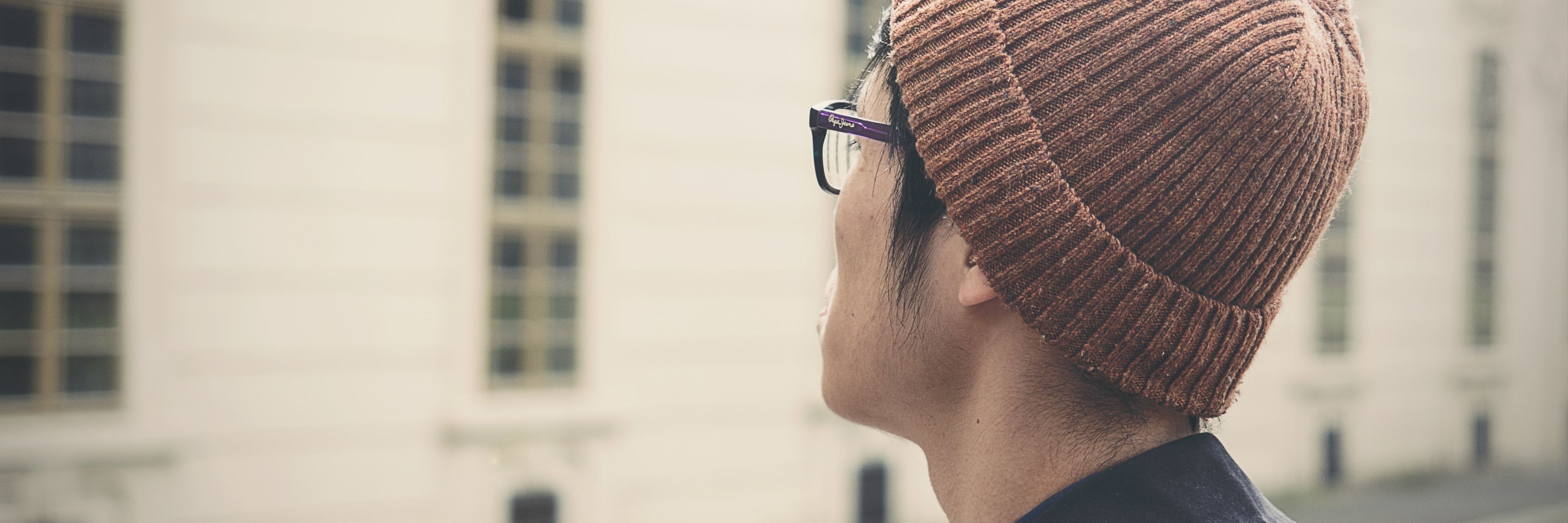Having runaway anxiety and panic sucks. Most of the things I worry about have either already happened or haven’t happened yet (and there’s no proof they will). I shouldn’t be worried about them or catastrophize, but yet, due to the anxiety, I can’t help it.
The good news for me is there is a way to short-circuit the anxiety before it becomes full-blown panic. It can also help shorten or even stop a panic attack in progress, and even lift my spirits if I’m feeling down. The tool is called grounding, and it helps bring me back to the here and now instead of events from the past or possibilities from the future.
There are many grounding techniques. Some work for some people, but not for others. Some also work with different levels or types of anxiety or panic. Sometimes they’ll work and sometimes they won’t, which is why it’s good to know a couple of them. They all take practice but for me, it’s been really worth it.
Here are a few of my favorite grounding techniques:
1. The “5-4-3-2-1 method.”
Dr. C. taught me this one in one of our early sessions. It has helped me immensely and is usually my first go-to grounding technique when I’m in trouble. Here’s how it works:
— Look around you and find five things you can see. The more detail, the better. “I see a wall” isn’t as effective as “I see the little indents on the inner circle of a paperclip that’s sitting on the desk” or “I see the store down the street has used an ‘F’ in place of an ‘E’ on their sign.”
— Sit (or lie) still, and find four things you can feel. Again, more detail is better. “Butt on chair” isn’t as good as “My right sock has fallen a bit and is lower than the left sock” or “I can feel the gentle breeze of the ventilation system moving the hairs on my right forearm.”
— Now focus on your hearing and identify three sounds you can hear. “Cars” isn’t as good as “the Doppler effect of the cars going by” or “the whir of the computer fan.”
— The next thing is finding two things you can smell. If you can’t smell two different things, then think of two smells you really like. Again, describe them as well as you can.
– The last step is to think of one good thing about yourself. Be honest. If you’re feeling down, this can be difficult, but remember everyone has at least one good thing about them.
If you think about it, each of the steps is harder and requires more concentration, which helps push what you were worried about over to the side. With luck, doing this once or twice will help break the cycle of anxiety/panic at least for a little while.
2. Running water over my hands.
This one I discovered myself when washing my hands one day. Turn on the tap and put your hands into the stream. Now just feel and watch. Feel the water running over your hands. Feel the tiny variations in temperature. Watch the bubbles as they form and run over your hands and down the drain. Look at the paths the water takes as it flows over your hands and how easily you can move it around with subtle movements of your hands.
I like this one because I can use it in public restrooms without looking too weird.
3. Putting ice in hot water.
Get a cup of hot water from the tap and drop an ice cube into it. Listen to the ice crack and watch as parts of it thin out and become translucent, then transparent. Does the ice move to a particular side? Does it move around at all while it’s melting?
4. Listening to music.
This one worked quite well for me yesterday when I was in a slump. Get some uptempo music you really like or find interesting, put it on speakers and crank it up (but not so high that you hurt your ears). Let the music wash over you. Try to pick out and listen to each instrument or voice one at a time. No ballads, no slow music. Something fast that you can tap your toes to.
This is just a tiny sample of the many grounding techniques out there. I highly recommend having at least a couple of them in your toolbox to help you cope.
Do you have any particular techniques that work for you?
Follow this journey here.
We want to hear your story. Become a Mighty contributor here.
Unsplash photo via Patrick Beznoska.

